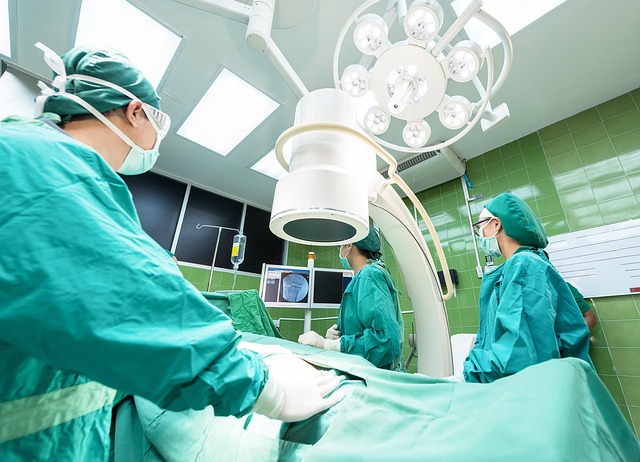In recent years, the landscape of surgical procedures has undergone a profound transformation, driven primarily by advancements in robotic surgical navigation. This innovative technology has emerged as a beacon of hope, enhancing precision and efficacy within operating rooms while fundamentally changing the way surgeons approach complex procedures.
At its core, surgical navigation combines cutting-edge robotics with advanced imaging techniques to create a harmonious synergy between human expertise and machine accuracy. Through enhanced visualization capabilities, surgeons are now able to navigate through intricate anatomical structures with unprecedented clarity, ensuring that every incision is both purposeful and minimal.
One of the most remarkable technological innovations in this field is the development of augmented reality (AR) systems. These systems allow surgeons to overlay critical imaging data directly onto their field of vision during operations. Imagine a surgeon being able to see a detailed, three-dimensional model of a patient’s anatomy superimposed onto their actual body. This type of surgical navigation not only boosts the surgeon’s confidence but also facilitates more informed decision-making, ultimately leading to better patient outcomes.
Moreover, robotic systems have been evolving rapidly, with newer models featuring artificial intelligence capabilities that learn from vast datasets of past surgeries. These ‘smart’ robots can assist in predicting potential complications during surgery, thereby enhancing pre-operative planning. The integration of such technologies signifies a clear shift towards a more collaborative approach between humans and machines in the surgical domain, elevating the capabilities of surgeons and elevating patient safety levels.
Health innovations accompanying these technological advancements are equally critical. Enhanced recovery protocols, driven by robotic surgical navigation, have shown reduced hospital stays and quicker patient recovery times. This is particularly significant in laparoscopic procedures where robotic instruments allow for less invasive approaches, minimizing trauma and allowing for faster healing.
Additionally, patient education has seen a dramatic shift largely due to these innovations. With patient-centered care becoming a priority, many surgical teams now utilize navigational tools to explain procedures and outcomes to patients more effectively. Visual aids can significantly reduce anxiety as patients can grasp the complexities of their surgery more easily, ensuring they are well-informed and engaged in their treatment journey.
The future of surgical navigation promises even further integration of technological and health innovations. As we embrace the era of telemedicine and remote surgery, the potential for robotic surgical navigation extends beyond the confines of traditional operating rooms. Surgeons could perform procedures from different geographical locations, connecting with patients worldwide, a change that could redefine accessibility and care.
Pioneering developments such as intraoperative imaging and real-time data analytics are paving the way for personalized surgery, where techniques and approaches can be tailored to individual patient needs. As these tools become more mainstream, we can expect an increase in minimally invasive options that cater to complex health conditions, further driving the advancements of healthcare delivery systems.
As we navigate the future of surgical navigation, it is clear that embracing these technological and health innovations will elevate not just the realm of surgery but the overall approach to medical care. The synergy between robotics and healthcare professionals promises a new horizon, one where precision, efficiency, and patient satisfaction reign supreme.




